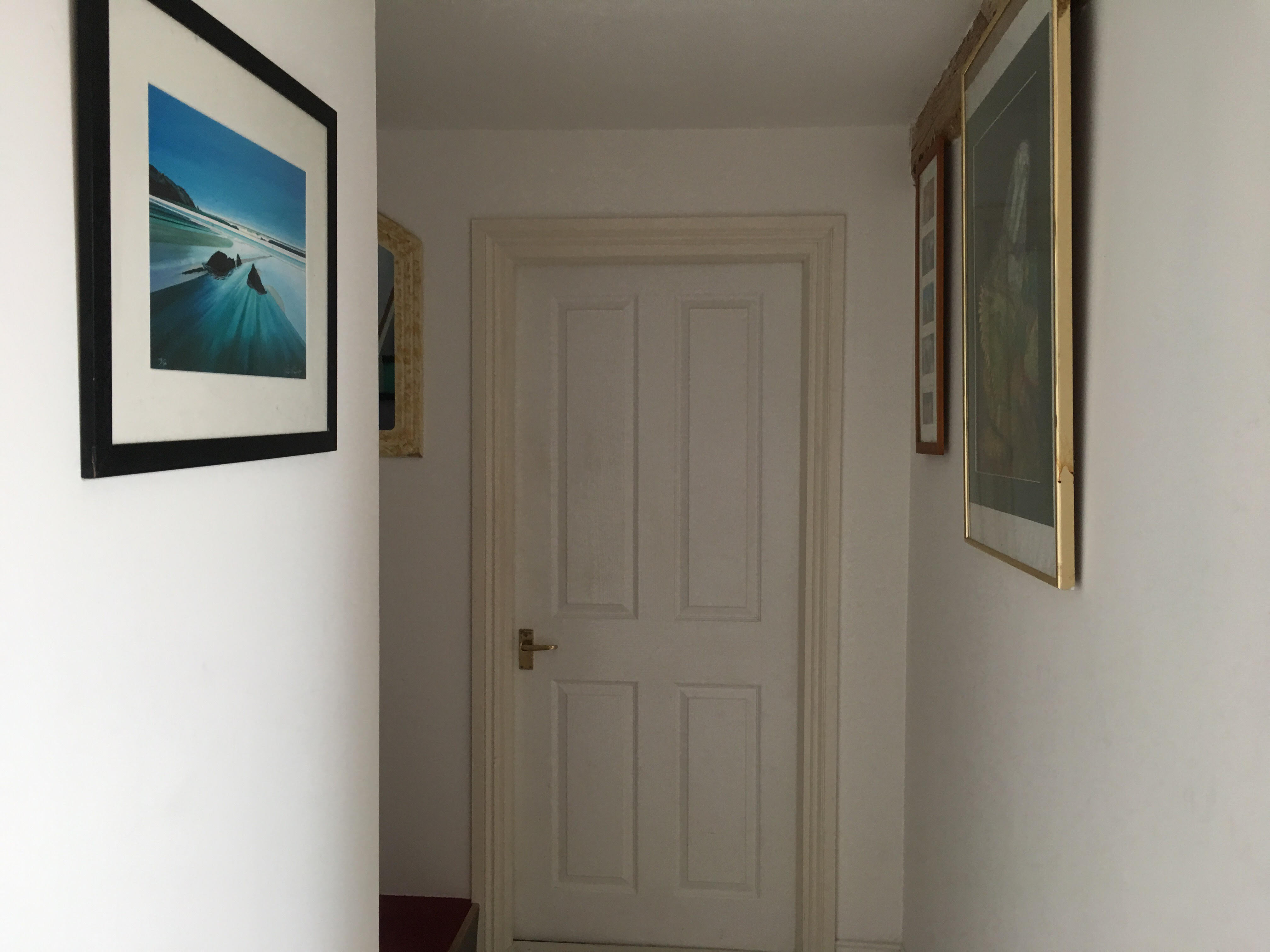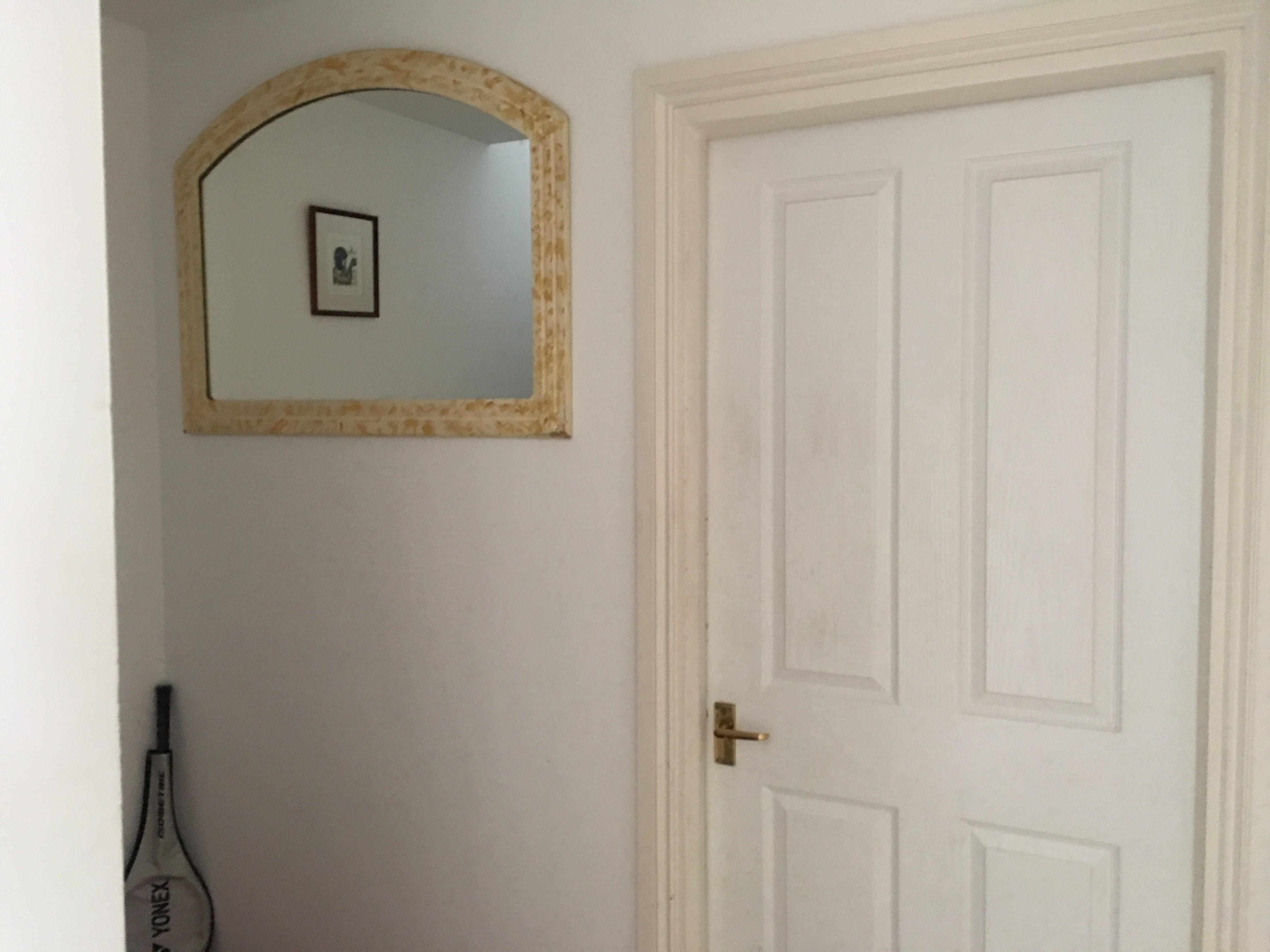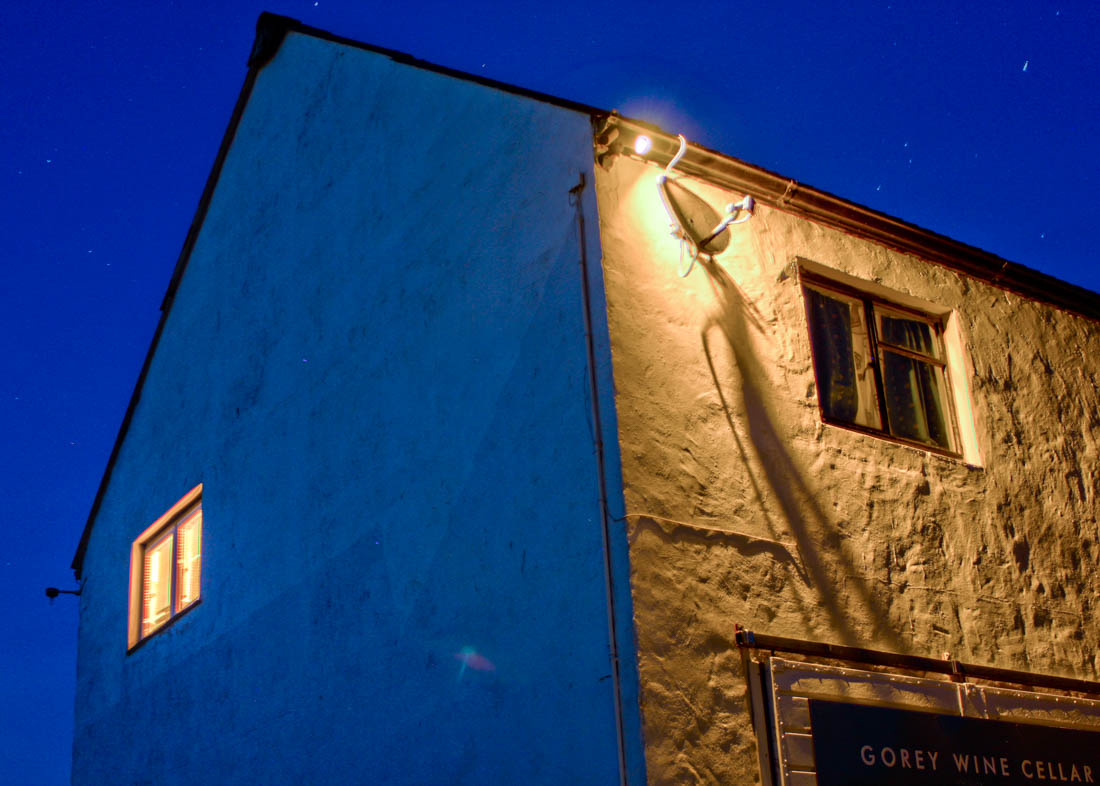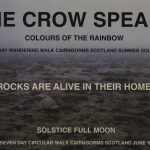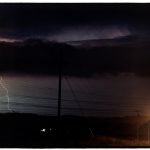I wanted to move onto portrait photographs after looking at ones created by Bill Henson and Todd Hido. Who both used portraiture as a way to build on the narrative of the photograph, often their work is psychologically charged and designed to connect the viewer to their own experiences. I plan on using my brother Ryan as a model, in the past he has proven very good for taking photographs and his slightly mysterious persona and ambiguous expression is perfect for the role.
There is a particular mirror in my house which allows you to see the reflection of someone without actually seeing them. With the correct lighting I plan on creating eerie photographs evoking a sense of human presence which both Henson and especially Hido’s work convey. I also plan on using this shoot to convey a feeling of enigma, engaging the audience to think about the character in the photo and what might be happening within the photograph.
I plan on using a tripod and creating a long exposure shot as I will be using a very low light source. I have found blue Christmas lights which I will place above the staircase, meaning light will come and reflect our of the mirror. Using this type of lighting means i will have a lot of control over the amount of light in the frame, unlike when i have worked with natural lighting. I plan on removing distracting features from the frame such as paintings to leave the viewer more focus on the figure, lighting and the mirror.
I also plan on responding to Bill Henson’s dark and jarring portrait photographs. I plan on taking these outside using the built in flash on my camera and a very quick exposure time with a low ISO to replicate the dark and high contrast tones in Ryan’s complexion, this will also mean I don’t haft to worry about over shaky images that come from using a slow exposure. I plan on using makeup such as red and blue powder to exaggerate the fleshy tones in his skin.







